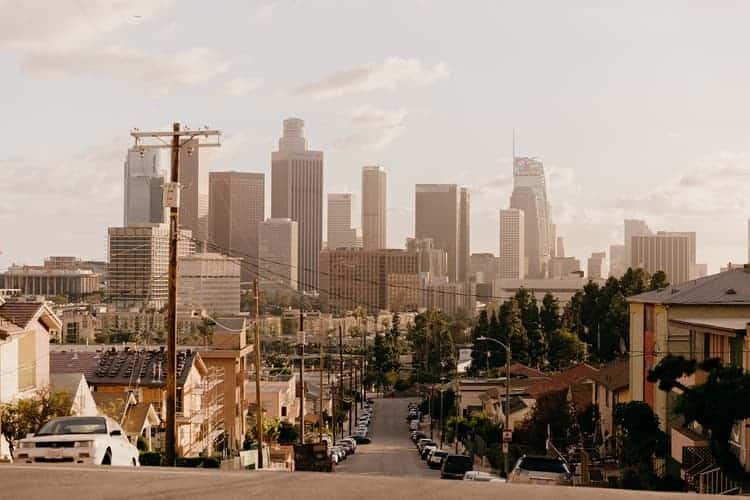A new study looks at the impact of temperature, humidity, and light on the novel coronavirus. While these can play a role, this role is likely to be modest, the researchers conclude.

Many respiratory viruses are slowed down by the hot, bright, summer weather. It’s why many viruses are seasonal in the first place — but then again, not all viruses are seasonal.
To look at the effect that weather can have on the novel coronavirus, researchers at Mount Auburn Hospital looked at the impact of temperature, precipitation, and UV index on COVID-19 case rates in the US during 2020.
The study found that COVID-19 transmission does seem to decrease with higher temperatures up until 52 degrees Fahrenheit (11 degrees Celsius). After that, the reductions were negligible. In other words, escaping the winter weather helps, but really hot temperatures don’t help that much.
UV light also assisted in reducing the number of cases, but even when added to temperature, the overall impact was modest. Meanwhile, precipitation patterns seemed to have no effect on the virus.
This means that no matter how you look at it, summer won’t be the end of the pandemic. Researchers have been telling us for a long time that summer won’t destroy the virus — and even though it may provide a small respite, that break will likely be gone come wintertime.
“While the rate of virus transmission may slow down as the maximum daily temperature rises to around 50 degrees, the effects of temperature rise beyond that don’t seem to be significant,” said first author Shiv T. Sehra, MD, Director of the Internal Medicine Residency Program at Mount Auburn Hospital and Assistant Professor of Medicine at Harvard Medical School. “Based on our analysis, the modest association suggests that it is unlikely that disease transmission will slow dramatically in the summer months from the increase in temperature alone.”
In addition to examining the impact of temperature, the team also modelled how transmission could change in five different temperature scenarios, from less than 30 degrees °F (-1 °C) to over 60 degrees °F (16 °C). The lowest rate of transmission was observed on days where the temperature was above 50 degrees F five days earlier. The highest increase in infection was detected on days when the maximum temperature was below 30 degrees, but the differences were not major.
The study is not without shortcomings, and we should be careful to draw any quick conclusions. For starters, the correlation between coronavirus cases and weather doesn’t tell the whole story: between shelter in place orders, access to testing, and demographic variations, there are a number of factors that can have an impact on viral transmission. Also, the data in the study was collected when much of the country had maximum daily temperatures below 70 degrees F (21 degrees C), so the study did not assess the effect of extreme temperatures.
However, the study is still useful. We’ve seen for a while that COVID-19 can be transmitted even in very hot temperatures (after all, February was summertime for the southern hemisphere, and the virus still propagated there), but there have also been suspicions that summer might at least slow down the virus. Clearing up that uncertainty is not an easy task, and any additional information can be an important piece of the puzzle. Unlike many previous studies, this one was peer-reviewed, which means that external experts vetted for it.
“To the best of our knowledge, this is probably one of the first peer-reviewed studies that examine the influence that temperature, precipitation and UV light have in terms of virus transmission in the general population across the United States,” said Sehra.
However, while it can be somewhat encouraging to see that summer might bring a small reduction in coronavirus transmission, there’s another side to that coin — and in this case, it means that winter may very well bring an increase in the number of cases. The Centers for Disease Control and Prevention has stated that the COVID-19 pandemic is expected to worsen in the fall and winter as temperatures drop. This new study seems to back that idea up.
“Our results are in line with those predictions,” Sehra noted. “We also caution that the disease may get worse in the fall and winter months.”
Journal Reference: Shiv T Sehra et al, Maximum Daily Temperature, Precipitation, Ultra-Violet Light and Rates of Transmission of SARS-Cov-2 in the United States, Clinical Infectious Diseases (2020). DOI: 10.1093/cid/ciaa681


